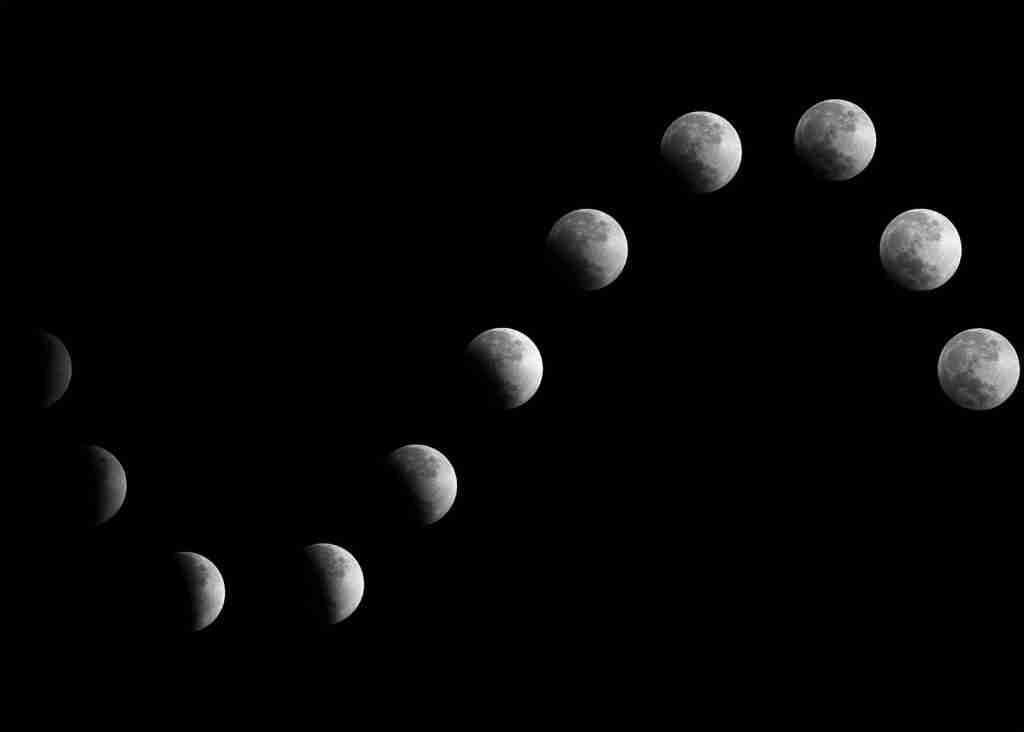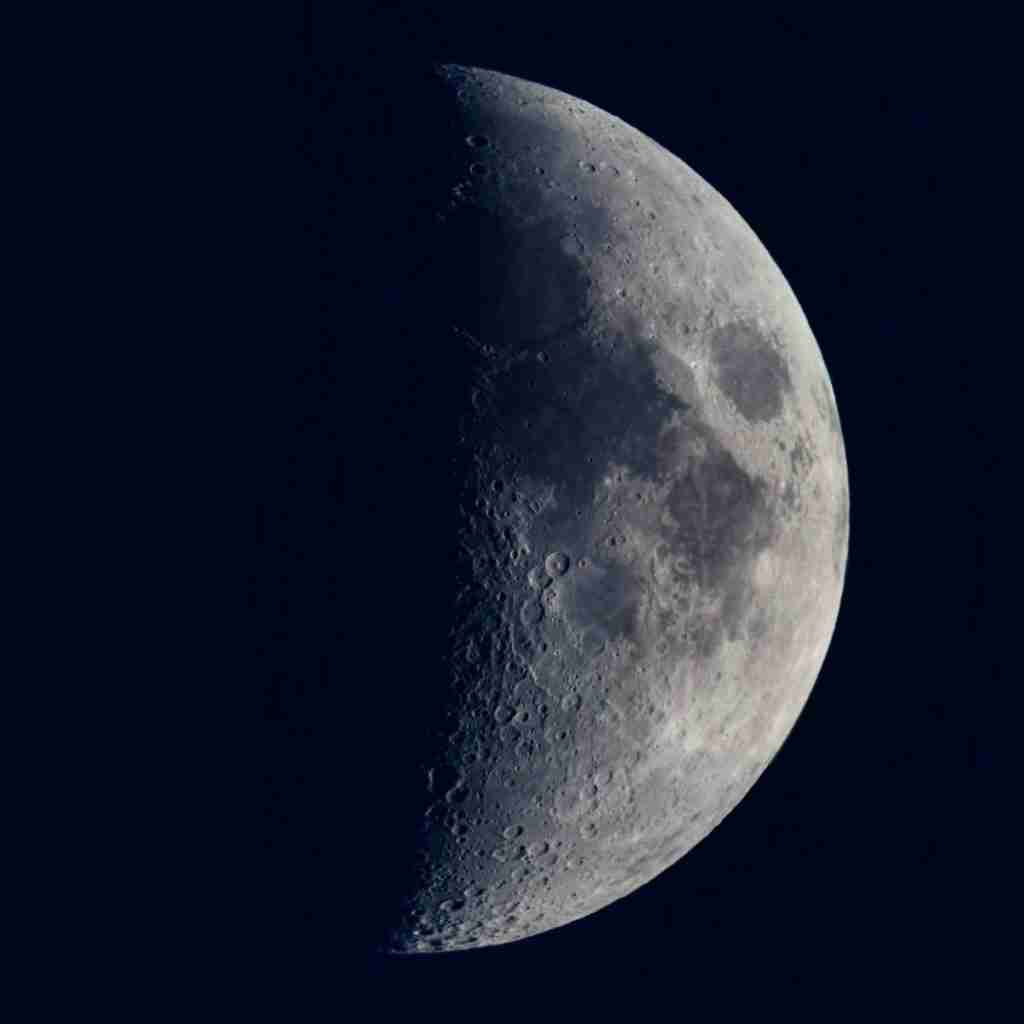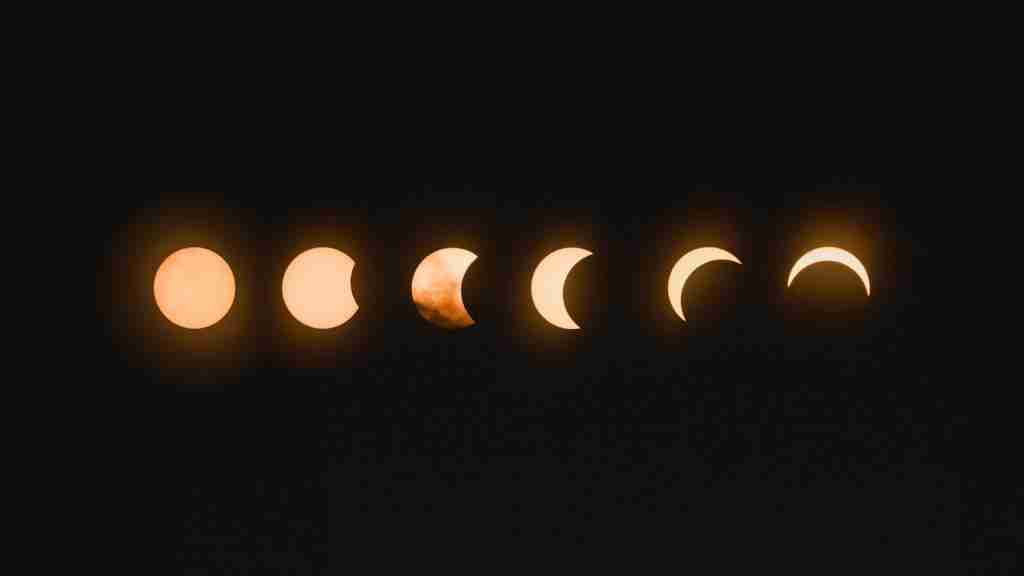25 Fun Facts About Uranus | Buckle Up for a Wild Space
1. Uranus spins on its side with a dramatically tilted axis.
Unlike most planets, Uranus rotates almost perpendicular to its orbit, like a rolling ball. Scientists theorize a massive, early collision might have caused this unusual tilt.
This extreme tilt leads to unique seasons on Uranus, where each pole experiences decades of continuous sunlight, followed by decades of darkness. This sets it apart from other planets in our solar system.
2. Uranus appears a pale blue due to methane in its atmosphere.
The methane gas in Uranus’s atmosphere absorbs red light while reflecting blue light, giving the planet its distinctive color. This methane also contributes to the formation of unusual ‘diamond rain’ deep within the planet.
This blue hue makes Uranus stand out visually from other planets. It hints at the complex atmospheric processes taking place on this distant world.
3. A year on Uranus lasts 84 Earth years.
Uranus has a very slow orbit around the Sun. This extended orbit means one Uranian year is equivalent to about eight decades on Earth.
This lengthy ‘year’ affects how seasons play out on Uranus. It underscores the drastically different timescales we experience compared to those on distant planets.
4. A day on Uranus is shorter than a day on Earth.
Despite its slow year, Uranus rotates rapidly, completing a full ‘day‘ in about 17 hours. This rapid spin, coupled with its tilted axis, likely contributes to the planet’s extreme weather patterns.
This contrast between its day and year highlights Uranus’s unique celestial mechanics. It illustrates the diversity of planetary rotations within our solar system.
5. Uranus was the first planet discovered using a telescope.
Sir William Herschel discovered Uranus in 1781, expanding our understanding of the solar system. This discovery marked a significant milestone in astronomical history.
Unlike planets visible to the naked eye since antiquity, Uranus’s discovery relied on technological advancement. It emphasizes how tools can reshape our perception of the cosmos.
6. Uranus is considered an “ice giant.”
Unlike the gaseous composition of Jupiter and Saturn, Uranus and Neptune primarily contain icy materials like water, methane, and ammonia. This composition distinguishes ‘ice giants‘ from their larger gas giant cousins.
Understanding ice giants like Uranus helps scientists theorize about the formation of planets in the outer solar system. It paints a more complete picture of planetary diversity in our cosmic neighborhood.
7. Uranus has a system of faint rings.
Like other giant planets, Uranus possesses rings, though they are much less prominent than Saturn’s. These rings are primarily composed of dark particles and are difficult to observe.
The presence of rings, even faint ones, points to complex gravitational forces at play around Uranus. It adds another layer of intrigue to the planet’s dynamics.
8. Uranus has 27 known moons.

Many of Uranus’s moons are named after characters from Shakespearean plays and the works of Alexander Pope. This naming convention adds a literary touch to the scientific exploration of Uranus’s system.
Studying these diverse moons offers insights into potential impacts and formation processes in Uranus’s past. They might hold clues about the icy giant’s evolution.
9. Only one spacecraft, Voyager 2, has ever flown past Uranus.
The Voyager 2 mission in 1986 provided much of our current knowledge about Uranus and its moons. This singular flyby remains a major source of data about the distant planet.
This fact highlights the challenges of deep space exploration. It underscores the importance of such missions in expanding our understanding of the outer solar system.
10. Uranus has extreme wind speeds.
Despite its frigid temperatures, Uranus experiences incredibly powerful winds that can reach up to 560 miles per hour. These intense winds are likely related to the planet’s unusual tilt and internal heat generation.
Uranus’s wild weather patterns offer a stark contrast to the calmer conditions we often associate with its great distance from the Sun. This serves as a reminder of the unexpected forces at play in the outer reaches of our solar system.
11. Uranus’s magnetic field is oddly tilted and offset from the planet’s center.
Unlike Earth’s relatively aligned magnetic field, Uranus’s is significantly tilted and doesn’t pass through the planet’s center. Scientists are still working to explain this strange magnetic characteristic.
This anomalous magnetic field adds to the list of Uranus’s unique features. It suggests the planet’s internal structure and processes might be considerably different from other planets.
12. Uranus is the coldest planet in our solar system.

Due to its vast distance from the Sun, Uranus holds the record for the lowest recorded temperatures in our solar system. This extreme cold shapes the composition and behavior of Uranus’s atmosphere.
This Uranus fun fact reminds us of the vast range of temperatures within our solar system. It emphasizes the frigid conditions that exist in the distant outer reaches.
13. Some scientists believe Uranus might rain diamonds.
The extreme pressures and temperatures in Uranus’s atmosphere could potentially convert methane into diamonds. These diamonds might then fall like rain towards the planet’s interior.
While this phenomenon is still theoretical, it adds a dazzling and exotic element to our understanding of Uranus. It showcases the extreme conditions that can give rise to unexpected material formation on distant planets.
14. Uranus has a surprisingly strong smell, likely resembling rotten eggs.
Hydrogen sulfide, a gas known for its foul odor, is thought to be present in the upper layers of Uranus’s atmosphere. This means if you could approach Uranus, you’d likely encounter a very unpleasant smell.
This smelly fact is a surprising reminder that planets can harbor sensory experiences far removed from those on Earth. It’s a lighthearted example of how space exploration expands our understanding of alien environments.
15. Uranus was almost named something very different.
Its discoverer, William Herschel, originally proposed naming the planet ‘Georgium Sidus‘ after King George III. The astronomical community eventually settled on the name Uranus, continuing the tradition of naming planets after Roman deities.
This historical tidbit about Uranus facts offers a glimpse into the process of planetary naming. It reveals how scientific discoveries also intertwine with the historical and cultural contexts of their time.
16. Sunlight on Uranus is significantly weaker than on Earth.

Due to Uranus’s great distance from the Sun, the intensity of sunlight it receives is about 400 times weaker than on our planet. This dim environment influences the planet’s temperature and atmospheric processes.
This highlights the dramatic variation in solar energy across our solar system. It emphasizes how sunlight, a crucial element for life on Earth, plays a vastly different role on remote planets.
17. Uranus is visible to the naked eye under the right conditions.
Despite its distance, Uranus reaches a brightness that would theoretically make it visible without a telescope on very dark, clear nights. However, its faintness and slow movement make it difficult to distinguish from background stars.
One of these fun facts about Uranus reminds us that even distant celestial bodies can sometimes be subtly present in our night skies. It underscores that there’s always more to observe with patience and careful observation.
18. Uranus’s moons are primarily named after Shakespearean and Alexander Pope characters.
Moons like Titania, Oberon, Miranda, and Ariel draw their names from literary works. This unique naming convention adds a touch of whimsy to Uranus’s scientific exploration.
This practice connects the fictional worlds of literature with the real celestial objects astronomers observe. It’s a reminder of the intersection between science and the enduring influence of the arts and humanities.
19. A mission to Uranus could potentially unlock secrets about ice giant planets.
Scientists are advocating for a dedicated orbiter and probe mission to Uranus. Studying Uranus in detail could help us understand the formation and characteristics of ice giants, which are common planet types in the galaxy.
This highlights the potential for future discoveries that a Uranus mission could bring. It emphasizes the importance of continued space exploration for expanding our cosmic knowledge.
20. Uranus’s tilt could affect the composition of its moons.

The unusual tilt of Uranus might have influenced the formation of its moons, contributing to their potential icy and rocky composition. Understanding this relationship could shed light on moon formation in tilted planetary systems.
This illustrates the interconnectedness between a planet and its moons. It shows how a planet’s primary characteristics can shape the objects in its orbit.
21. Uranus, like Venus, rotates in the opposite direction of most planets.
Called retrograde rotation, Uranus spins from east to west. This peculiar rotation adds another layer of mystery to the planet’s likely violent formation history.
This counterintuitive spin is a reminder of the diverse planetary motions present within our solar system. It encourages us to consider the powerful forces that shaped planets long ago.
22. A season on Uranus lasts about 21 Earth years.
Due to its slow orbit and extreme tilt, each pole on Uranus experiences approximately 42 years of continuous sunlight followed by 42 years of darkness. These extended seasons lead to unique atmospheric phenomena and temperature variations.
This emphasizes the radically different experiences of time and seasons on Uranus compared to Earth. It highlights how our familiar earthly cycles are just one variation among the diverse rhythms found on other planets.
23. Uranus is occasionally visible through binoculars or a telescope from Earth.
Under optimal viewing conditions, Uranus appears as a faint bluish-green star-like object. Spotting Uranus with the assistance of optical tools offers a thrill for backyard astronomers.
This fun fact about Uranus provides a tangible connection to the distant planet for amateur stargazers. It reminds us that even with basic equipment, the wonders of the cosmos can be partially brought into view.
24. Uranus might have formed closer to the Sun than its current location.

Some planetary models theorize that Uranus formed in the inner solar system and then migrated outward over time. This potential migration could have influenced the formation of other planets and the distribution of materials in our solar system.
This theory underscores the dynamic nature of early solar system development. It suggests that the planets we observe today might have undergone significant journeys across billions of years.
25. Uranus was the inspiration for the name of the chemical element uranium.
The element uranium, discovered shortly after Uranus, was named in honor of the newly found planet. This creates a permanent scientific connection between the celestial body and the element found on Earth.
This link demonstrates the influence of astronomical discoveries on other scientific fields. It shows how the excitement surrounding space exploration can touch and influence aspects of our terrestrial world.
FAQs
Uranus is the seventh planet from the Sun and is known for its distinct blue-green coloration due to methane in its atmosphere. It has a tilted axis of rotation, causing extreme seasons and unusual magnetic field behavior.
Uranus is one of the gas giants in our solar system, located beyond the asteroid belt and before Neptune. Its unique characteristics, including its sideways rotation and icy composition, contribute to our understanding of planetary formation and dynamics in the outer solar system.
The solar system is a vast expanse of space that includes the Sun and all celestial bodies bound to it by gravity, such as planets, moons, asteroids, comets, and dwarf planets
Uranus is one of the gas giants in our solar system, located beyond the asteroid belt and before Neptune. Its unique characteristics, including its sideways rotation and icy composition, contribute to our understanding of planetary formation and dynamics in the outer solar system.
Yes, Uranus isn’t all alone! It actually has a faint ring system, though they’re much harder to see compared to the dazzling rings of Saturn. These dark, dusty rings are a mystery, but scientists suspect they might be leftover debris from ancient moon smashups!







